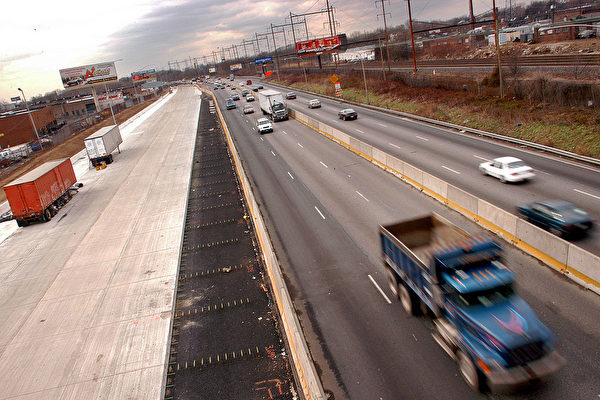Highways and freeways can be designed with multiple lanes, dedicated entrances and exits, and minimal traffic controls to reduce congestion and enhance driver safety. However, subtle differences between highways and freeways categorize them into distinct types.
One key difference between highways and freeways is the higher speed limits on freeways. Freeways allow for faster, uninterrupted travel between cities, but they may also include highways that cater to commuters residing in suburban areas around major cities.
Regardless of the scenario, the name of the game is speed and efficiency. For example, the typical speed limit on a three-lane freeway in the United States ranges from 65 to 80 miles per hour (105 to 129 kilometers per hour), while highways only permit speeds of 55 miles per hour (89 kilometers per hour).
In rural areas, highways with smaller dual lanes may even have lower speed limits, depending on road conditions, the frequency of ground-level intersections, sharp bends, and steep slopes. Of course, freeways are not designed to serve as runways for emergency landings by small planes.
Another major difference between highways and freeways, besides speed and lane numbers, is their overall design. Freeways tend to be more linear, simplifying traffic flow between opposite directions in urban areas.
Most state highways (following specific naming conventions) aim to facilitate cross-crossing travel routes, where some roads merge into freeways at limited access points controlled by traffic lights, stop signs, or roundabouts.
Not all highways have these intersections with smaller roads, but some form of traffic control, whether signs or traffic lights, is necessary to reduce the danger when merging fast-moving traffic onto public roads.
An interesting fact: a city in France attempted to build a solar panel highway, but the technology required significant improvements before practical implementation.
What is a controlled access freeway?
A controlled access freeway, unlike other freeways, is a collective term for all high-speed traffic systems with controlled areas. These roads can encompass interstate routes, freeways, and highways, providing controlled access for vehicles through ramps and rest areas merging and exiting typically onto the far right lane.
Exit ramps have slower speeds, while entry ramps usually feature transitional merging lanes, allowing drivers to match traffic flow without impeding faster vehicles. Once merging vehicles reach these higher speed limits, they can safely transition into the middle lanes.
It is recommended to use the far left lane for passing only, and to stop on the right side of the freeway and highway lanes only in emergencies.
Considering all these factors, it can be easy to confuse the differences between highways and freeways as many terms are quite similar and nomenclature may vary by region. ◇

